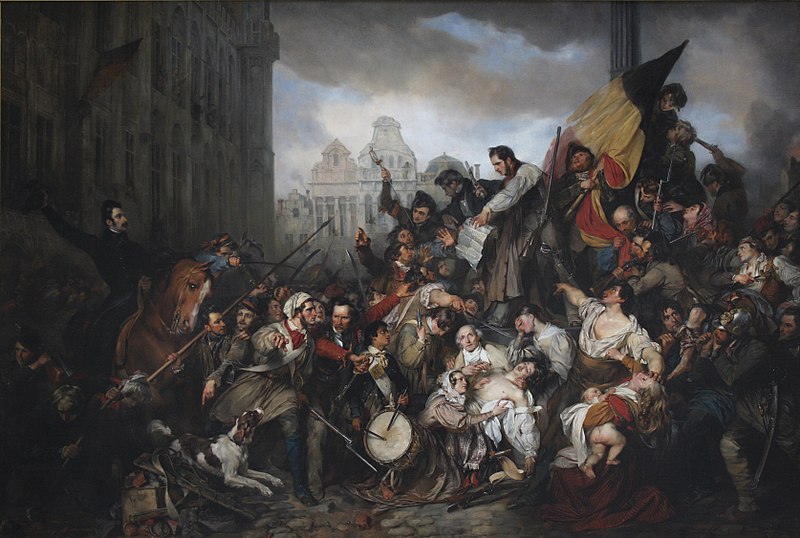For most of its history, Belgium was part of another territory or divided into much smaller regions. However, on October 4, 1830, Belgium officially declared independence from the Netherlands, marking the end of a significant revolution and the beginning of a new national identity for the country.
Fun Facts:
- On October 4, 1830, Belgium declared independence from the Netherlands after the Belgian Revolution.
- The revolution began in August 1830, sparked by a complex web of cultural, religious, and political tensions. The Belgian population, which was primarily Catholic and French-speaking, found itself at odds with the Protestant and Dutch-speaking monarchy of King William I. These differences in language, religion, and culture, coupled with political grievances, fueled the flames of revolution.
- The Belgian population, primarily Catholic and French-speaking, showed remarkable courage and determination in opposing King William I’s Protestant and Dutch-speaking monarchy.
- Riots in Brussels escalated into a total rebellion, with revolutionaries gaining control of key cities by late September.
- On October 4, the Provisional Government proclaimed Belgium’s independence.
- The Treaty of London (1831) was a significant diplomatic achievement, as it formally recognized Belgium as an independent and neutral state.
- Leopold I was crowned Belgium’s first king in July 1831, establishing a constitutional monarchy.
- The July Revolution in France in 1830 played a crucial role in inspiring the Belgian Revolution, highlighting the interconnectedness of historical events.
- Leopold I, Belgium’s first monarch, had been offered the Greek throne before becoming king of Belgium.
- Without the July Revolution, Belgium would probably not have achieved its independence when it did.

